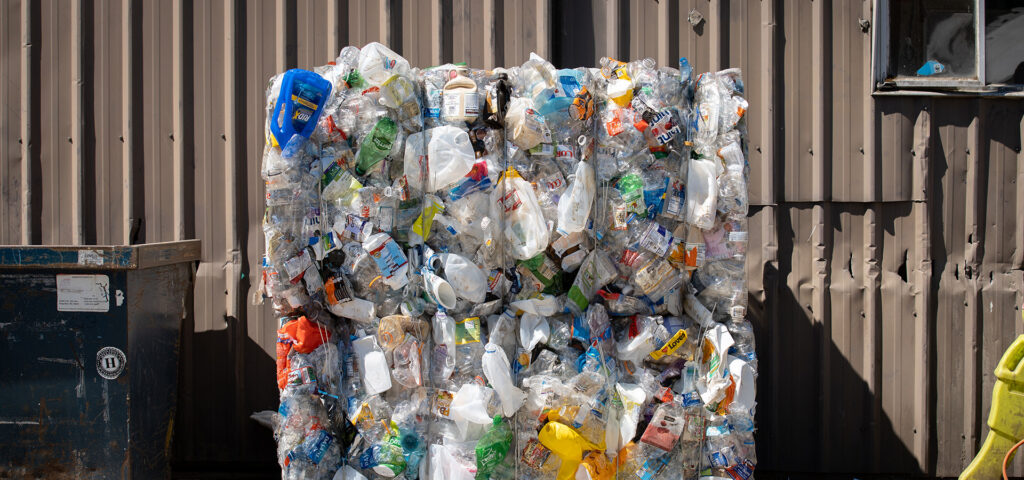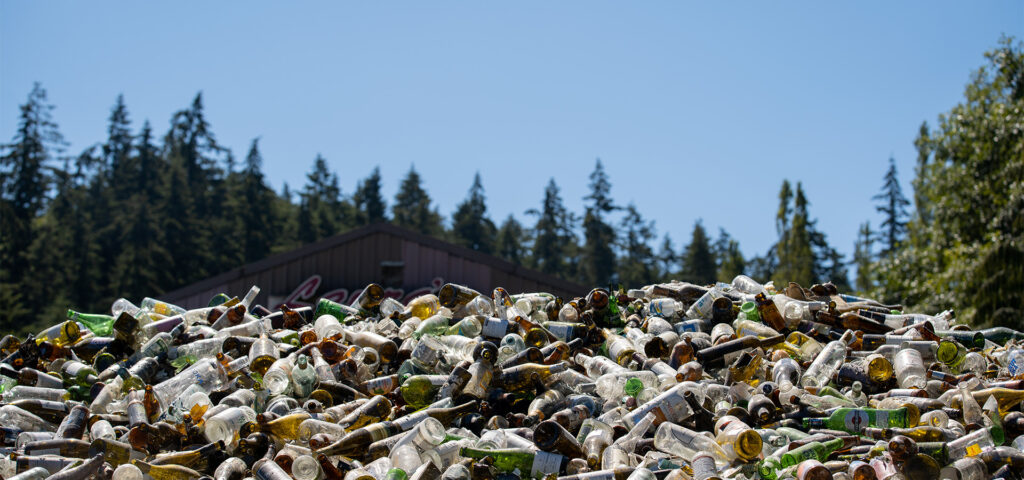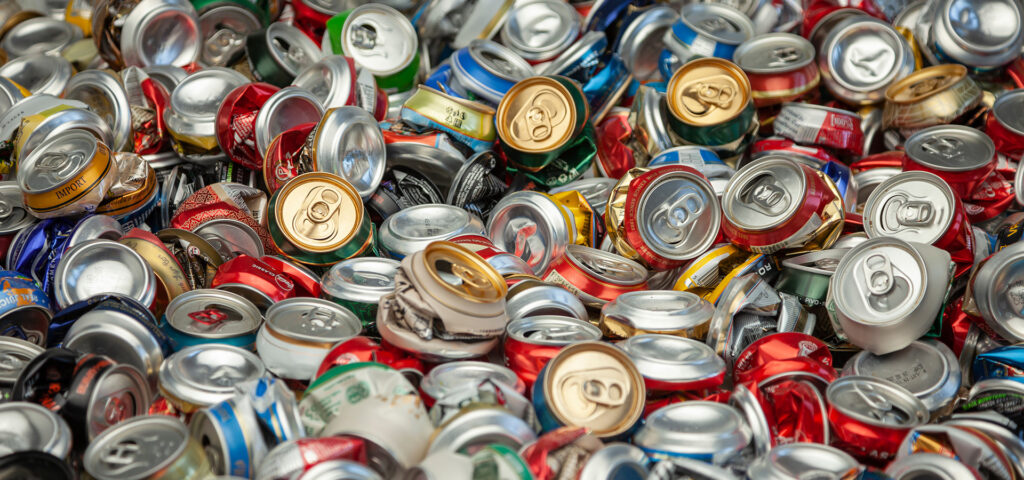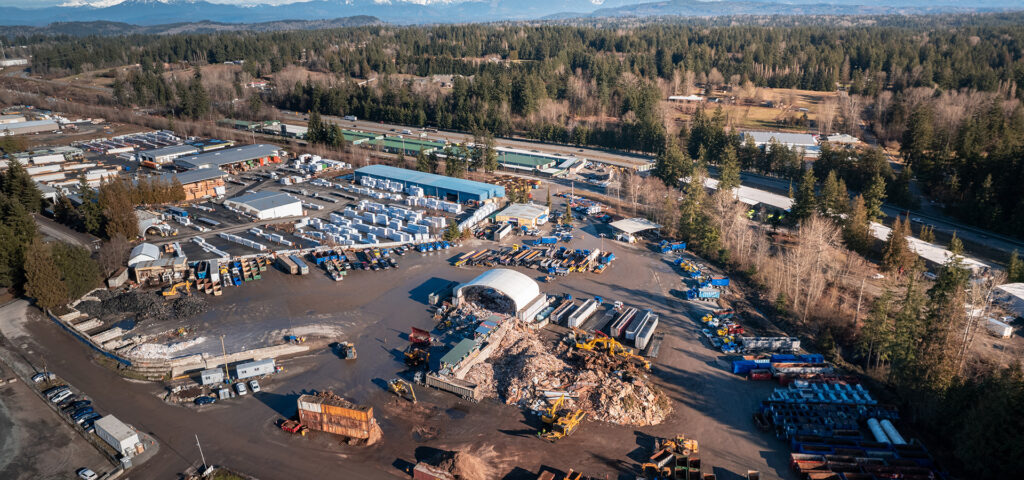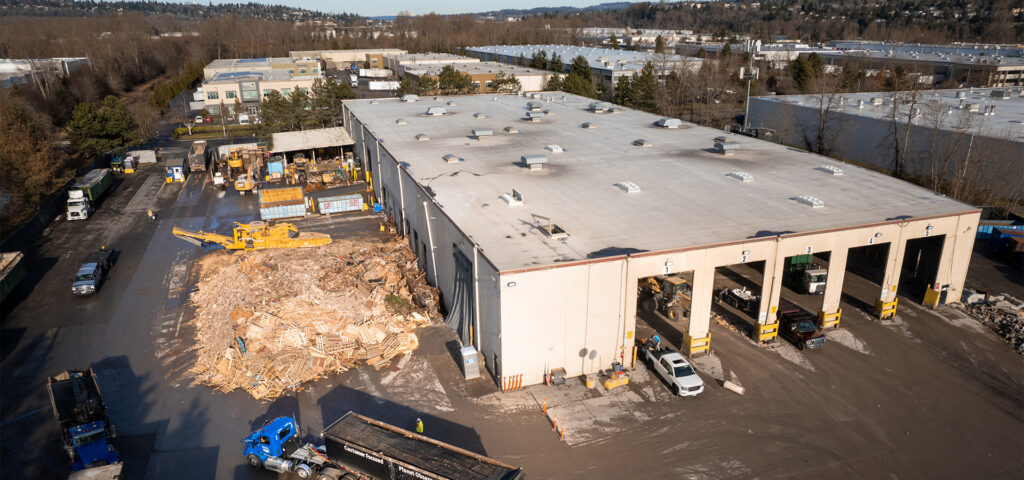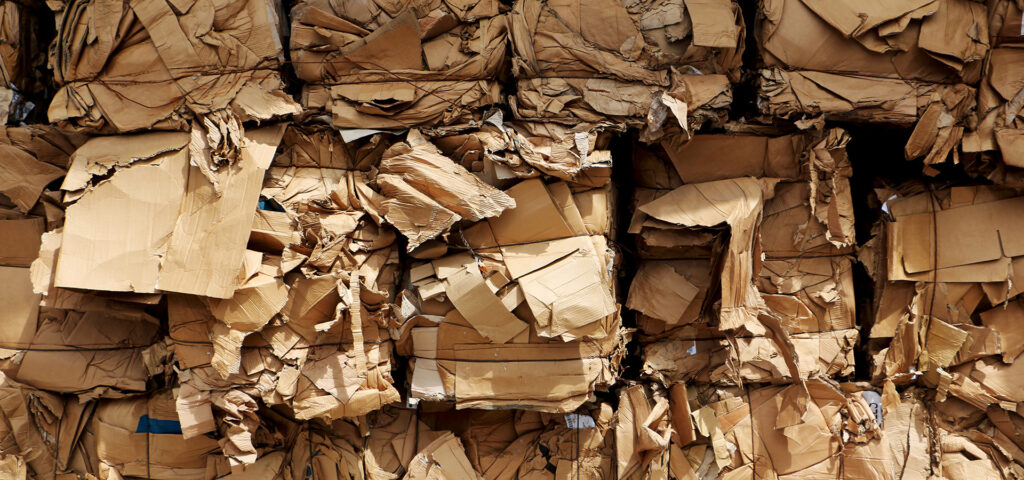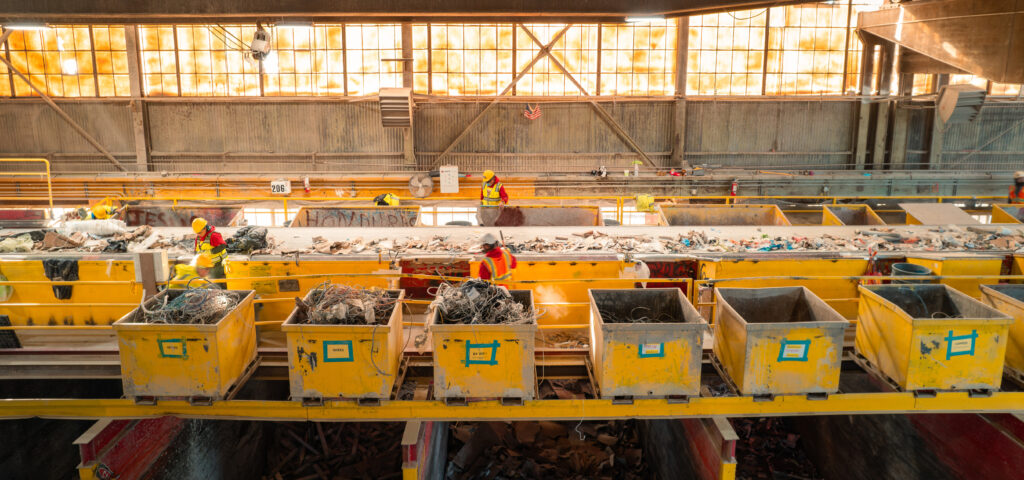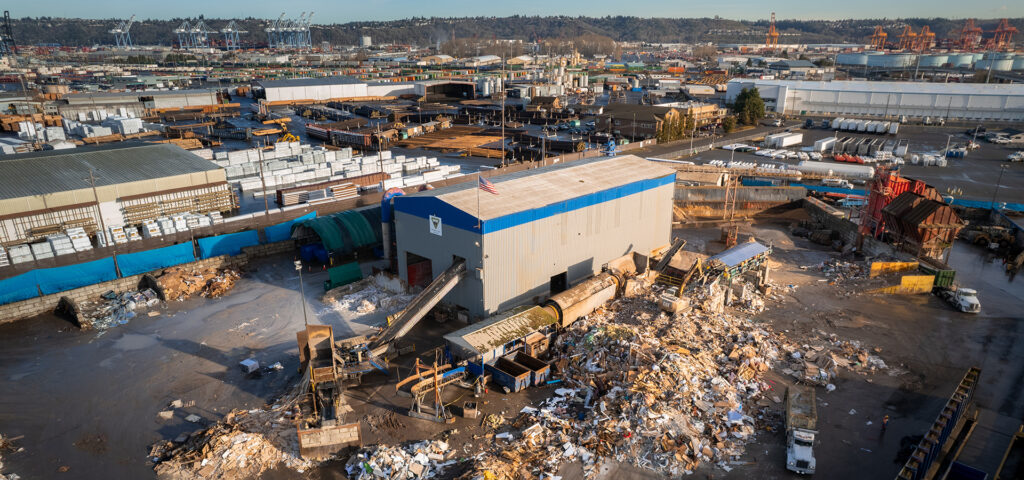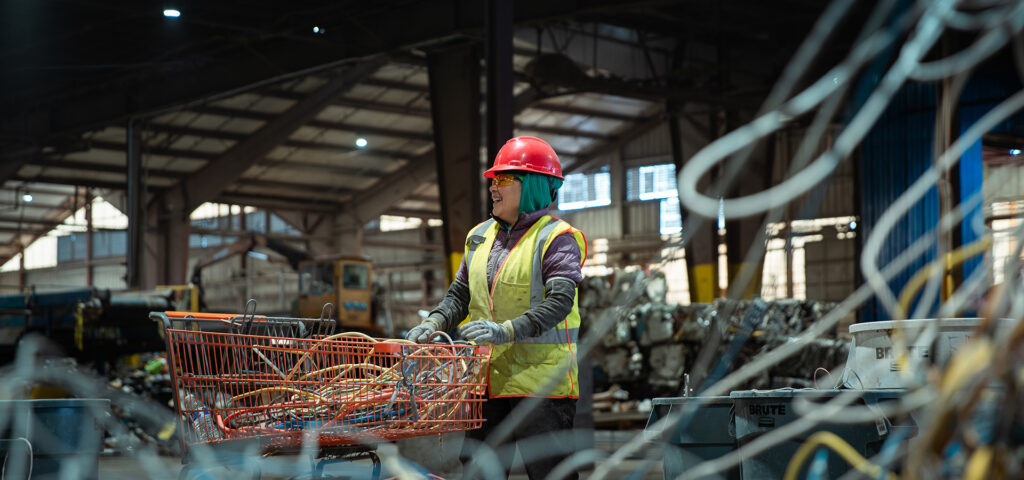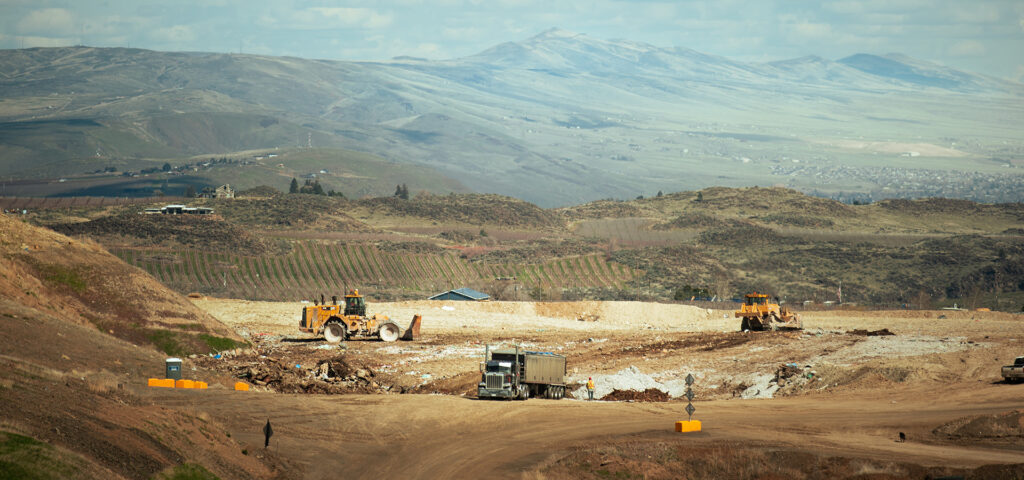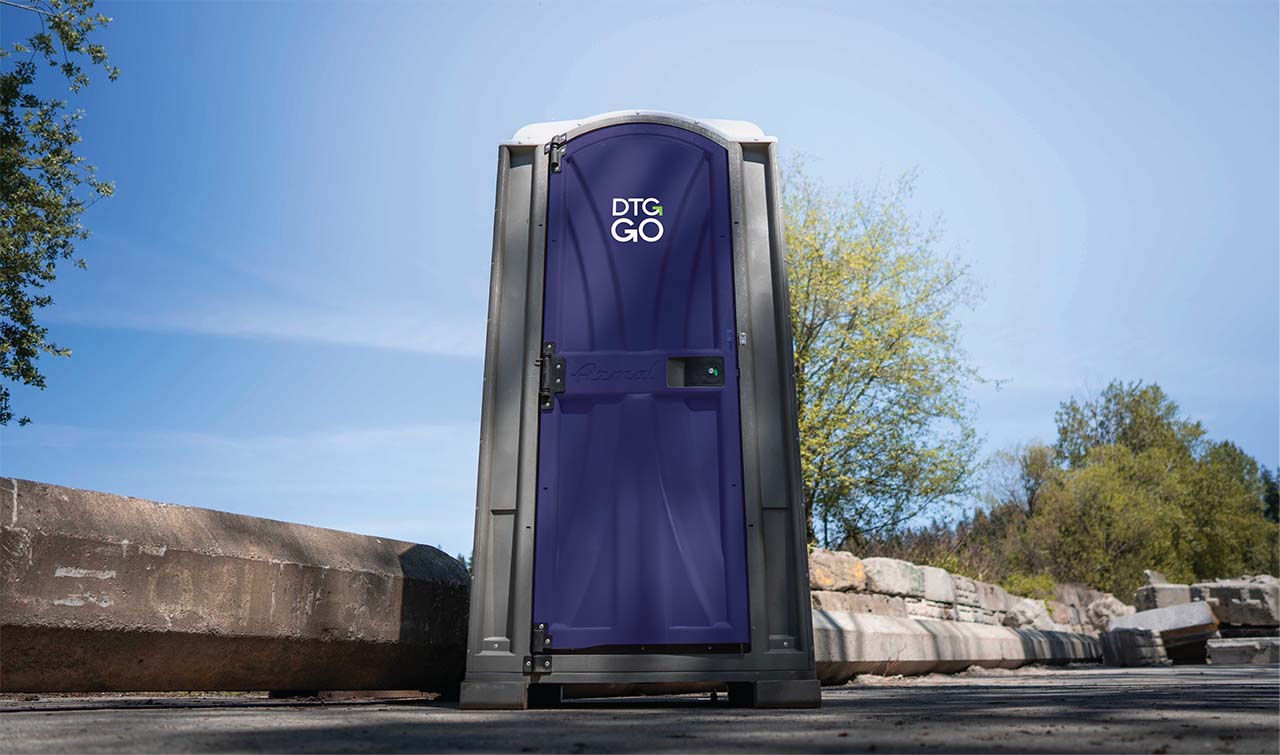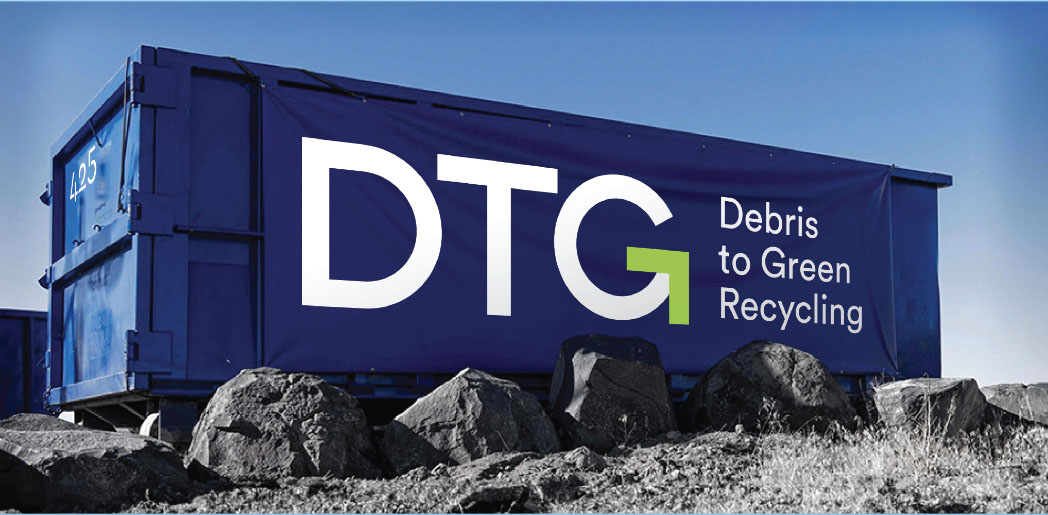Cardboard Recycling Center
We Recycle Cardboard for You
Cardboard Box Recycling from DTG Recycle is a stress-free solution to get your baled cardboard picked up. We buy baled cardboard. You may also drop off cardboard at any of our locations. Cardboard is great for recycling so long as it is clean and dry.
DTG Recycle has Cardboard Recycling Centers all over Washington State. Recycle your cardboard today.
From January 2023 through June 2023, DTG Recycle recycled over 11,000 Tons of Cardboard. Let’s look at Cardboard types, how you can prepare it for disposal, and the recycling process.
How to Prepare Your Cardboard for Recycling?
- It’s important to remove any shipping materials like foam peanuts, plastic bags, and bubble wrap to ensure proper recycling of cardboard.
- Use a knife or pair of scissors to cut any tape used to seal the box’s top and/or bottom, then flatten the cardboard to make it ready for recycling. Most recycling programs prefer flattened boxes even if you don’t have to remove the tape to save space.
- Fold or cut large boxes in half so they fit in your recycling cart. Some programs allow you to place large boxes next to the cart, but don’t do this when it’s raining as wet cardboard cannot be recycled.
- For food-soiled cardboard, such as pizza boxes, remove any oil stains before recycling. Unfortunately, food-soiled paper does not have a recycling market.
How can You Dispose of Cardboard for Recycling?
The proper way to dispose of old cardboard for recycling is to put it in the recycling bin. Do not dump it in the regular trash bin or dumpster. Cardboard can be collected and removed through curbside pickup or drop-off at a recycling facility. It is considered bulky debris and should not be left on the street for regular garbage pickup.
At DTG Recycle, we utilize advanced sorting technologies to recognize and efficiently sort materials. Give us a call when your cardboard is ready for pickup. There is a charge for baled cardboard pickup. You may also drop off your used cardboard at our locations. Contact us for a price quote for Baled cardboard recycling. You may contact us at (425) 549-4905.
Types of Recyclable Cardboards
- Corrugated cardboard: This is the most common type of cardboard used for shipping boxes and product packaging. It consists of three layers of paper, with a wavy layer (known as the “flute”) sandwiched between two flat layers.
- Paperboard: This is a thinner and lighter weight type of cardboard, often used for food packaging (e.g. cereal boxes, frozen food boxes) and small gift boxes. It is made from a single layer of paper that is thicker and more durable than regular paper.
- Chipboard: This is a thicker and more rigid type of paperboard, made from recycled paper pulp. It is commonly used for items such as book covers, binders, and rigid gift boxes.
- Boxboard: This is a type of paperboard that is used for many types of packaging, including cereal boxes, tissue boxes, and shoe boxes. It is often made from a mix of recycled paper and virgin wood pulp.
- Pulp egg cartons: These are typically made from recycled paper pulp and can be recycled after use.
How is Cardboard Recycling Done?
Recycling cardboard helps to maintain a clean, natural environment. The cardboard recycling process is described in the following steps.
1. Collecting Old Cardboard
The first step in recycling cardboard is collection. Recyclers and businesses collect cardboard from designated collection points such as trash bins, stores, scrap yards, and commercial outlets. The collected cardboard is then measured and transported to recycling facilities, usually paper mills. However, not all types of cardboard are accepted, as those that are waxed, coated, or used for food packaging may require specialized recycling processes.
2. Sorting Corrugated Cardboard
The corrugated boxes are sorted according to their materials once they arrive at the recycling facility. They are typically categorized as corrugated cardboard or boxboard. Boxboard is thinner and used for goods like cereal boxes and drink containers. Sorting is important because paper mills produce various grades of materials depending on the materials recovered.
3. Shredding and Pulping
The next step is shredding the cardboard into small pieces, which are then mixed with water and chemicals to break down the paper fibers and turn them into a slurry substance. This process is called pulping. The pulped material is then combined with new pulp, typically from wood chips, to help solidify and strengthen the resulting substance.
4. Filtering, Removing Contaminants, and De-Inking
The pulp material is thoroughly filtered to get rid of unwanted objects and contaminants like strings, tape, and glue. Contaminants such as plastics and metal staples are removed through a centrifuge-like process, where plastics float on top and heavy metal staples fall to the bottom and are eliminated.
The next step is de-inking, where the pulp is put in a floatation device with chemicals to remove dyes and ink through a series of filtering and screening. This cleaning process ensures that the pulp is ready for the final processing stage.
5. Blending, Drying, and Pressing Out Excess Water
In the final processing stage, the cleaned pulp is blended with new production materials and dried on a flat conveyor belt and heated cylindrical surfaces. As the pulp dries, it is passed through an automated machine that removes excess water and forms long rolls of solid sheets called linerboards and mediums.
The liner boards are glued together, layer by layer, to make a new piece of cardboard. Alternatively, the medium is used as the corrugated sheet, which is taken through two large metal rolls with teeth to create ridges. The linerboards are then glued to the medium to form the thin outer covering.
6. Converting to New Cardboard
The linerboards and mediums can be sent to boxboard manufacturers, where machines shape and create creases along pattern folds to produce new boxes used for packaging and transporting products.
DTG Recycle’s process for Cardboard recycling is top of the line, with the ability to better capture smaller cardboard shipping boxes.
Is Baled Cardboard Recycling Different from Bundled Cardboard Recycling?
Yes, baled cardboard recycling is different from bundled cardboard recycling. Bundling involves tying smaller stacks of cardboard together with twine or tape, whereas baling involves compressing large amounts of cardboard into dense bales using a baler machine. Baled cardboard recycling is more efficient than bundled cardboard recycling because it takes up less space during transportation and storage.
This is because baling creates denser and more uniform bales, which can be stacked and transported more easily. In addition, baling ensures that the cardboard is more thoroughly compacted, which makes it easier to process and recycle. Therefore, baled cardboard recycling is generally the preferred method for recycling cardboard.
Are you looking for Baled cardboard disposal? Cardboard Box Recycling from DTG Recycle is a stress-free solution to get your baled cardboard picked up. You may also drop off cardboard at any of our locations.
Why Recycle Cardboards?
Here are the reasons to recycle cardboard:
- Saves landfill space
- Preserves the environment
- Reduces debris
- Saves resources
- Reduces energy consumption
- Creates jobs
- Helps to combat climate change
Statistics on Cardboard Recycling
70% Cardboard Boxes recovered for Recycling
Did you know that the U.S. recovered an estimate of about 70% of all corrugated cardboard boxes for recycling? The U.S recycled 46 million tons of cardboard and paper, which was the highest recycled material in 2018. 1
In 2021, corrugated cardboard boxes had a recycling rate of 91.4% according to the American Forest & Paper Association. 2
over 11,000 Tons of Cardboard recycled by DTG Recycle between Jan and June 2023
DTG Recycle has recycled enough cardboard equivalent to a gas-powered vehicle circle the Earth 24.901 times.
Every ton of cardboard you recycle, you will save the following…
For every ton of cardboard you recycle, you will save approximately 17 trees, 5,000 kilowatts of energy, 380-475 gallons of oil and other fossil fuel, 7,000 gallons of water, and 3 cubic yards of landfill space or 60 cubic yards per trailer load. 3
Facilities that accept cardboard
- 425-365-4266
-
8624 219th St SE
Woodinville, WA 98072
- (425) 549-9715
-
701 SW 34th St
Renton, WA 98057
- 253-627-1180
-
1805 Stewart Street
Tacoma, WA 98421
- 425-507-9425
-
24105 Woodinville-Snohomish Road
Woodinville, WA. 98072

